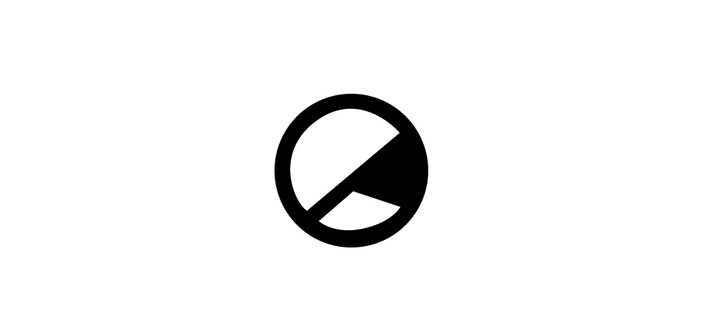1996’s tight-budgeted Bound is the directorial debut of The Wachowskis, in hindsight deeply overshadowed by the success of The Matrix trilogy and the other-worldly Cloud Atlas. But look a little closer and you’ll find that it shouldn’t be overshadowed at all, even if only for its redefining of gender politics and enticing reimagining of the neo-noir genre.
At its centre is the relationship between just-out-of-jail Corky (Gina Gershon), and Violet (Jennifer Tilly), a character who primarily appears to be the walking embodiment of the femme fatale archetype. Violet’s relationship with the sleazily violent mafia member gives them the in they need to get the chance to rob a group of men of $2 million, with Corky’s previous for stealing coming together to hatch the perfect plan. The plot itself is fairly simple, but there’s enough elements that could go wrong for it to remain gripping. What a linear plot allows, though, is a focus on the relationship between Corky and Violet that comes to be the substance that holds the film together.
Bound, given the centrality of a sexual relationship between two women, unashamedly privileges female pleasure. It’s a wonderful departure from the ever-phallocentric realm of cinema, with no representation of masculine sexual dominance being present (that is, however, made up for through the prevalence of violence). Given to us then, is a harmoniously balanced partnership between the two women, with open sex scenes that focus on touch, pleasure, and the union of two bodies- rather than the objectified female body for male desire. The sex isn’t so much sexualised as it is made aesthetically pleasing and normalised, setting it apart from the often porno-like display of lesbian sexuality in films. It also plays with the idea of heteronormity, allowing it to provide the perfect cover for Violet and Corky’s relationship in the eyes of men – because, of course, the glamorously feminine Violet couldn’t possibly be a “dyke” as Corky is referred to.
Bound acknowledges stereotypes at the same time as inverting them, asking us to question ideas about gender and sexuality. For once women are in control of the narrative, in a kind of Thelma and Louise-style partnership; though, thankfully, with a more triumphant ending. With the absence of men at its centre, Bound allows freedom for the two women, but it is a freedom that the two must seize.
Almost solely set within the side-by-side apartments of Corky and Violet, Bound expertly utilises unsettling crane shots throughout. We move from floor to floor, or the car to the apartment, through the floors of the building in whooshing motions, before often being situated above the action. It creates a totality of shot, giving rise to the stillness of the apartments outside of the action and keeping interest focused on the detail. The most striking – and the shot that remains imprinted after the film has ended – sees the camera rise up as the character receives a gunshot and falls into Corky’s paint-filled apartment, red blood making trails in the white paint as it fills the room.
Bound, with its carefully treaded cinematography, unsettling crane shots and comic moments, makes it a Wachowski creation deserving of more time. Despite its lesser known status, it is a gripping noir reimagining, with a badass female pair at its centre.
Bound (1996), directed by The Wachowskis, is available in the UK through Gramercy Pictures. Certificate 15.




